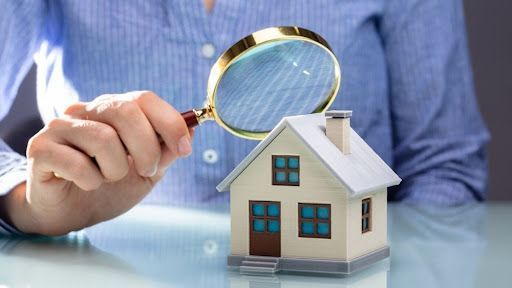Home Inspection News: Thermal Imaging, Benefits for Home Inspections

Thermal Imaging and the Benefits for Home Inspections
When it comes to buying or selling a home, a thorough inspection is crucial to uncover any potential issues that may be hiding beneath the surface. Traditional visual inspections can only reveal so much, leaving homeowners and buyers at risk of overlooking critical problems. However, thanks to advancements in technology, home inspections have taken a giant leap forward with the integration of thermal imaging. In this blog post, we will explore the benefits of using thermal imaging when conducting home inspections and how it revolutionizes the process of uncovering hidden secrets.
Enhanced Detection of Moisture and Water Damage:
One of the most significant advantages of thermal imaging in home inspections is its ability to detect moisture and water damage that may be invisible to the naked eye. By capturing the temperature differences in building materials, thermal cameras can identify areas with higher levels of moisture or leaks that may lead to more substantial issues, such as mold growth or structural damage. Early detection of such problems allows homeowners and buyers to address them promptly, potentially saving significant costs down the line.
Identifying Electrical Issues:
Electrical problems are not only inconvenient but can also pose significant safety hazards. Traditional inspections often rely on visual cues, such as signs of sparking or burnt wiring, which can be limited in their effectiveness. Thermal imaging, on the other hand, can quickly identify electrical issues by detecting abnormal heat patterns in electrical components. It enables inspectors to pinpoint overloaded circuits, faulty wiring, and overheating electrical panels, allowing for timely repairs or replacements to prevent potential fire hazards.
Energy Efficiency Assessment:
With growing concerns about energy consumption and environmental sustainability, many homeowners and buyers prioritize energy-efficient properties. Thermal imaging plays a crucial role in evaluating a home’s energy efficiency by identifying areas of heat loss or poor insulation. By detecting temperature variations in walls, windows, or roofs, home inspectors can identify areas that require additional insulation or sealing, helping homeowners reduce energy waste and potentially save on utility bills.
Pest Infestation Detection:
Unwanted pests can wreak havoc on a property and often go unnoticed until the problem becomes severe. Thermal imaging can aid in identifying areas of potential pest infestation, such as termite infestations or rodent nesting. By detecting temperature variations caused by pest activity, inspectors can alert homeowners or buyers to take necessary action, mitigating the risk of extensive damage and expensive extermination treatments.
Time and Cost Efficiency:
Thermal imaging expedites the home inspection process by enabling inspectors to quickly identify potential problem areas. Instead of relying solely on trial and error or invasive methods, inspectors can use thermal cameras to identify issues non-invasively, reducing the need for extensive and costly exploratory work. The time saved through thermal imaging inspections allows for more comprehensive assessments and helps homeowners and buyers make informed decisions without unnecessary delays.
Conclusion:
Thermal imaging has revolutionized the home inspection industry by providing a comprehensive and efficient way to detect hidden problems that may not be visible to the naked eye. By leveraging the power of thermal cameras, homeowners and buyers can gain valuable insights into a property’s condition, enabling them to make informed decisions, address potential issues promptly, and potentially save on costly repairs. With its ability to detect moisture, identify electrical problems, assess energy efficiency, and detect pest infestations, thermal imaging has become an invaluable tool for home inspectors, ensuring a more thorough and accurate assessment of a property’s overall health and safety.









